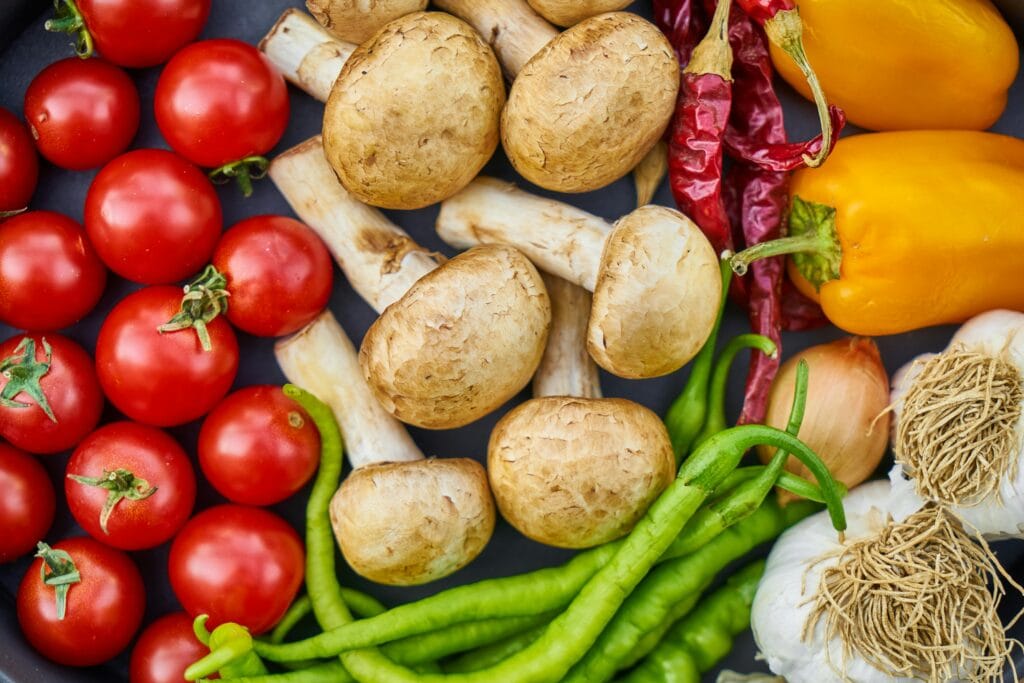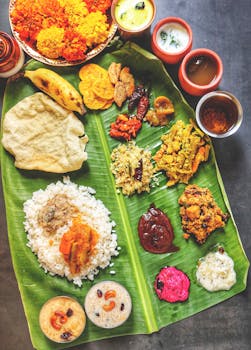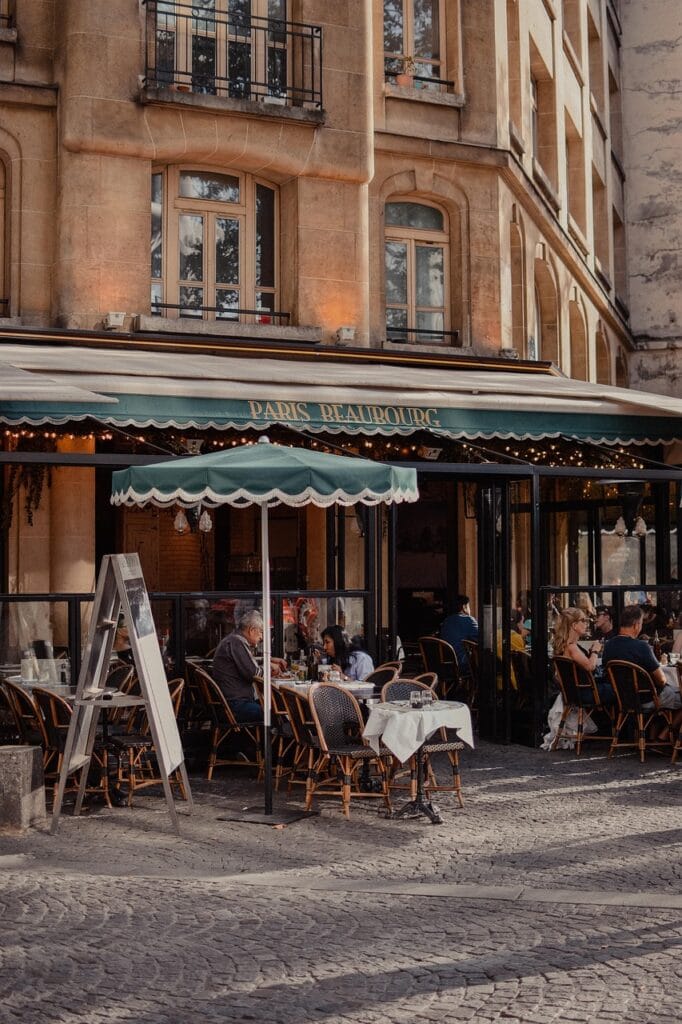🧘♀️ What Is Slow Living?
Slow living is a lifestyle philosophy that emphasizes mindfulness, sustainability, and a deeper connection to daily experiences. It invites people to pause, simplify, and live with intention—especially in how they eat, work, and interact.
In Tier 1 cities where hustle culture has long reigned supreme, slow living offers a much-needed antidote to burnout and overstimulation.
🥕 The Rise of Local Food Culture
Local food culture emphasizes:
Eating seasonally and sustainably
Supporting local farmers and producers
Reducing carbon footprints
Choosing freshness and flavor over fast convenience
This shift has become more than a food trend—it’s a lifestyle rooted in values of community, wellness, and environmental consciousness.
🌆 Why Tier 1 Cities Are Leading the Change
You might assume that slow living belongs in the countryside. Surprisingly, big cities are at the forefront of the movement. Here’s why:
1. Burnout Is a Wake-Up Call
Corporate jobs, long commutes, and digital overload have led to increasing mental health concerns. Urban professionals are seeking balance through slower routines and conscious consumption—starting with food.
2. Access to Diverse Food Markets
From farmers’ markets in Brooklyn to organic co-ops in Berlin and Tokyo’s local bento shops, Tier 1 cities provide easy access to locally sourced and artisanal food options.
3. Social Media & Influencer Culture
Influencers and wellness bloggers are romanticizing slow breakfasts, weekend cooking, and visits to local bakeries. This visual storytelling has made slow living aspirational for millennials and Gen Z.
4. Pandemic Reset
COVID-19 accelerated the move toward home cooking, sourdough baking, and supporting small businesses. These habits persisted and deepened the demand for mindful living in cities.
5. Eco-Conscious Urbanites
City dwellers are increasingly climate-aware. Choosing local food over imported goods aligns with eco-values, cutting food miles and packaging waste.
🛒 How Local Food Culture Looks in Cities Today
Farmers’ markets every weekend
CSA (Community-Supported Agriculture) programs
Zero-waste grocery stores
Local artisanal cafes, bakeries, and breweries
Pop-up urban gardens and rooftop farms
Seasonal menus at high-end restaurants
Food co-ops and local sourcing apps
Urbanites are not just eating to live—they’re curating an intentional food journey.
🧠 The Mental Health Connection
Mindful cooking and eating are part of the broader wellness movement. Taking time to prepare food, savor meals, and connect over dinner:
Reduces anxiety and stress
Boosts emotional connection
Creates routine and stability in chaotic environments
It’s not just what we eat—but how we eat—that shapes our mental state.
🌍 Global Examples of Slow Living in Tier 1 Cities
New York City: Brooklyn Grange rooftop farms and Smorgasburg markets spotlight local, ethical food.
London: Borough Market and the slow food movement fuel demand for organic and regional produce.
Berlin: Known for its vegan cafés, sustainability start-ups, and local artisan scenes.
Sydney: Eco-conscious dining, farmers’ markets, and slow coffee culture thrive in neighborhoods like Newtown.
Tokyo: The “Ichiju Sansai” traditional meal style and minimalist living fit perfectly into slow living values.
🛤️ Slow Living Isn’t About Doing Less—It’s About Doing Better
Adopting slow living doesn’t mean giving up ambition or success. It’s about aligning your lifestyle with your values—and that often starts on your plate.
Choosing local, seasonal, and sustainable food is one of the easiest (and tastiest) ways to begin.
✅ Final Thoughts
As Tier 1 cities embrace slower, more intentional lifestyles, local food culture becomes the soul of this shift. From rooftop gardens to neighborhood bread shops, a quieter revolution is reshaping how we live, eat, and thrive in urban spaces.
Slow living is no longer just a rural dream—it’s an urban necessity.





